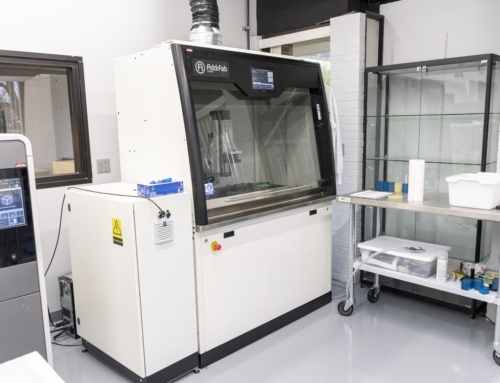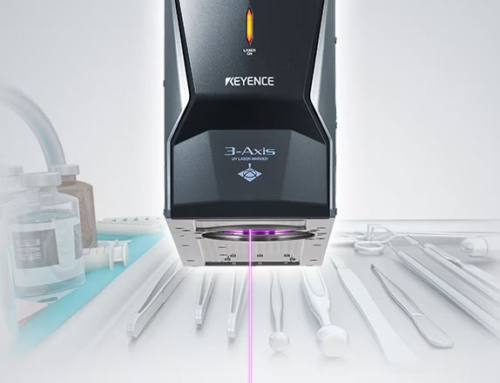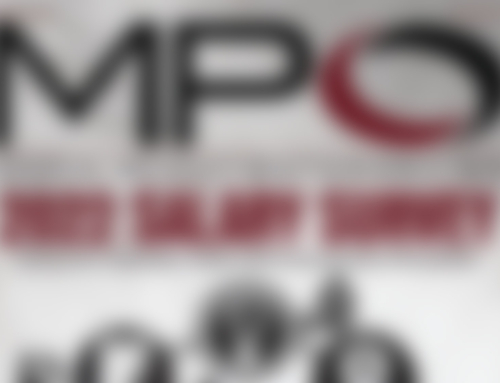Overmolding vs. Insert Molding: What OEMs Need to Know
When designing a product, it can be challenging to determine the best solution to fit the application. This holds true when considering overmolding and insert molding. While the general concept of these terms are similar, there are differences between the two processes. Their application – and what you are looking to achieve – needs to be considered when deciding the right fit for your application.
Here we define overmolding and insert molding and discuss important considerations for both.
Overmolding
Overmolding is typically used when a product designer is trying to create a single part using a combination of two or more different thermoplastics. It involves multiple “shots” to create the one part. The “first shot,” also known as the substrate, is typically the more rigid of the two materials being combined. This mechanical bond creates a part that has both strength and durability.
Some of the substrates that we use for overmolded parts include:
- Nylon
- Polycarbonate
- TPU/TPE
- ABS
- PEEK
- Polypropylene
A wide variety of thermoplastics can be used for the “second shot,” or overmolding, of the substrate. These materials are typically more flexible or softer, and various additives can be used including foaming agents, colorants or other materials to achieve a desired texture, aesthetic or feel. These are used to address ergonomics, sound absorption, dampening of vibration, improved grip surface, the need for a water-type seal, or even electrical insulation.
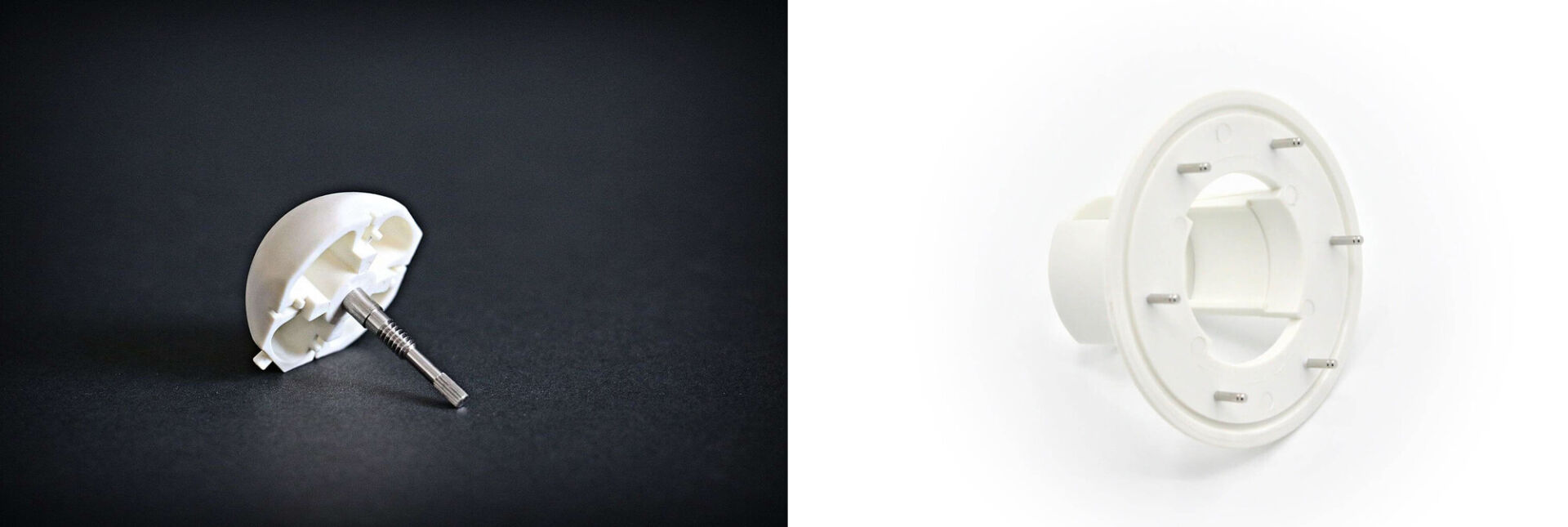
When working with product designers, the considerations that need to be accounted for when choosing a substrate and TPE are:
- Bonding of the resin to the metal: In some cases, TPU will not bond to stainless steel. In this case, Forum Plastics would first put down Polypropylene and then mold the TPE onto the Polypropylene.
- Plastic onto plastic: This type of overmolding needs to have a shift in melt temperatures so that the substrate does not re-melt during the over-molding operation.
- Lower melt temperatures: TPE’s typically have a lower melt temperature than the substrate, making it a common over-molding material.
Overmolding is typically plastic-over-plastic or a rubber-type resin over a plastic substrate providing a grip surface. Overmolding a plastic gear or cams onto a shaft are the most common application. Some examples of applications include small cams used in infusion pumps, plastic gears on bushings for ATM machines, mail processing, or in vending machines.
Two important considerations when evaluating overmolding are volumes and speed. The upfront tooling investment for overmolding is higher than insert molding primarily because you are, in essence, making two parts; a substrate and the overmold. Forum’s tool financing can help address this upfront investment.
Insert Molding
Insert molding differs from overmolding because rather than joining two different materials, it involves encapsulating a product in molded plastic. Insert molding usually involves placing a metal insert, part or pin into the mold and overmolding plastic onto it. The process involves injecting melted plastic resin into a mold and then a plastic or metal component is inserted into the mold to create the encapsulated finished part.
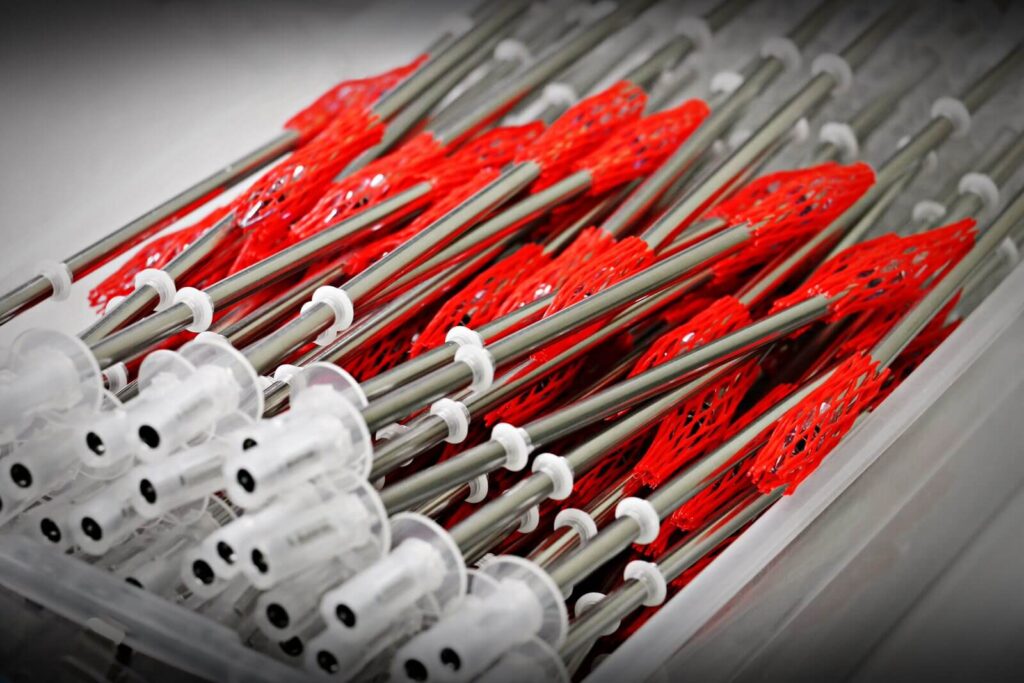
This process is faster because it is happening in parallel or at the same time – in comparison, overmolding can require two or even three shots. Some examples of this can be a gear onto a metal shaft, metal guide pins into a plastic part, or metal hooks that may need a plastic retainer.
What are some of the reasons that a product designer would consider insert molding for their application?
- Typically, the application requires a rigid, long-lasting component (a metal rod) that is combined with the more complex plastic part.
- It opens up the design opportunities and possibilities.
- There is less cost versus an assembly operation.
- It requires better, more consistent quality and performance.
- What are the project volumes and is cost a major consideration?
Insert molding typically requires a unique mold design to load, capture and verify that the insert is properly in-place. Forum has made the necessary equipment investments and typically uses our vertical shuttle press for insert molding, but a conventional molding machine can also be used.
A Partner in Product Development
Form Plastics has extensive experience with insert molding, and we have worked with various materials including stainless steel pins and tubes. Forum has the ability and expertise to also overmold brass and bronze bushings. Our engineering team can work with you to determine feasibility and make recommendations on the best process and tool design.
Forum provides design for manufacturing support and will proactively make cost avoidance recommendations for any necessary changes to the insert to aid in overmolding or insert molding. Contact Doug Hungerford, Director of Engineering, to learn more about our capabilities and how we can support your product development.
LEARN MORE ABOUT FORUM’S METAL & PLASTIC OVERMOLDING SERVICES
LEARN MORE ABOUT FORUM’S METAL INSERT MOLDING SERVICES
Stay Connected
Sign up to get updates from Forum

